The Impact of Heel Pain
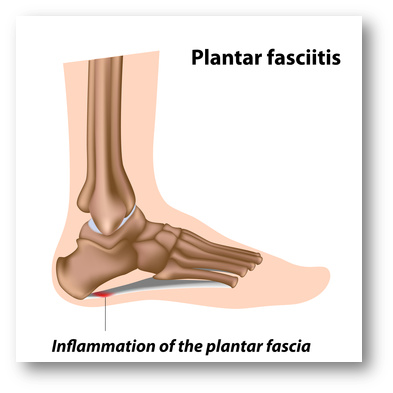 Have you ever experienced a sharp pain in your heel for no
apparent reason? One of the causes of heel pain is a condition called plantar
fasciitis. It is caused by inflammation of the plantar fascia, the tissue
connecting the heel bone to the toes. The plantar fascia serves as a 'shock
absorber' for the arch of the foot.
Have you ever experienced a sharp pain in your heel for no
apparent reason? One of the causes of heel pain is a condition called plantar
fasciitis. It is caused by inflammation of the plantar fascia, the tissue
connecting the heel bone to the toes. The plantar fascia serves as a 'shock
absorber' for the arch of the foot.
The patient typically experiences a stabbing
sensation in the foot, especially when getting out of bed in the morning. It is
not unusual for the pain to subside with movement or stretching. The pain tends
to reoccur after prolonged sitting, standing, or walking.
Causes include weight, age, activity, and even
gender. Certain activities that place stress on the heel (running, dancing) also
play a role. Women are also more prone then men, especially when pregnant.
Too much tension in the plantar fascia can cause
small tears in the tissue. When left untreated, the damage worsens and surgery
may be warranted. Physical therapy plays an important role to reduce pain and
help avoid surgery.
Importance of Exercise
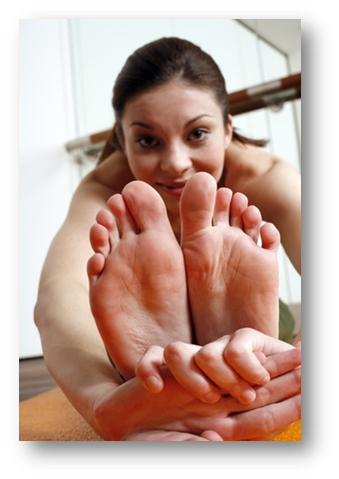 Often, people who suffer from plantar fasciitis have
tighter and weaker foot muscles. The physical therapist will conduct a detailed
evaluation of the strength, flexibility and stability of the muscles and
ligaments around your foot and ankle to determine the best course of action.
Often, people who suffer from plantar fasciitis have
tighter and weaker foot muscles. The physical therapist will conduct a detailed
evaluation of the strength, flexibility and stability of the muscles and
ligaments around your foot and ankle to determine the best course of action.
The right exercise program can strengthen the
ankle and foot muscles, which reduces the strain on the plantar fascia. This
helps break the cycle of pain and discomfort.
The physical therapist may also decide to combine
exercises for plantar fasciitis with orthopedic shoe inserts. These are
specially made inserts that are built to conform to the unique shape and arches
of your feet. Pain medication (as prescribed by your physician), ice and rest
are also helpful.
A Step in the Right Direction...
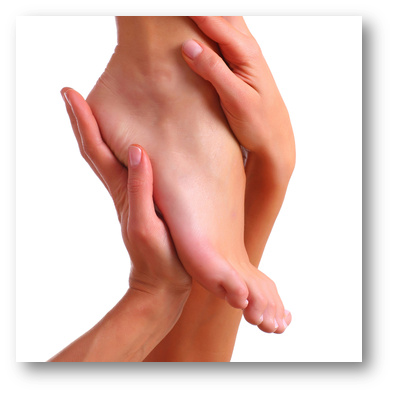 Surgery is an option but should be considered as the last
resort.
Surgery is an option but should be considered as the last
resort.
Plantar fasciitis is best treated with a
combination of exercise and lifestyle modification. As a weight bearing
structure, your feet are under constant stress and strain every day. Healing can
take several weeks (or months) and a physical therapist will work with the
patient every step of the way. The best course of action is to work closely with
a physical therapist and continue with the prescribed home treatment
program.
As your physical therapists, we are committed to
your health and wellness goals. If you know someone who is experiencing heel or
foot pain, ask him or her to call us today. We look forward to hearing from you.
Physical therapy is a step in the right direction.
http://www.therapynewsletter.com/myarchive.php?userid=385&id=34470&secret=65838571ad4fb53e

 People enjoy walking or running for a number of reasons. For many, it's a simple form of exercise. For some, it's about 'the freedom of the road' and 'being one with nature', while others find it an effective way to decrease stress.
People enjoy walking or running for a number of reasons. For many, it's a simple form of exercise. For some, it's about 'the freedom of the road' and 'being one with nature', while others find it an effective way to decrease stress.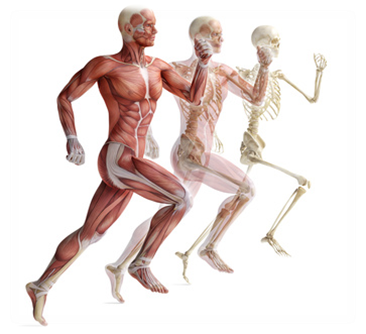 The right degree of flexion in your knees and elbows is important to reduce strain on your joints.
The right degree of flexion in your knees and elbows is important to reduce strain on your joints.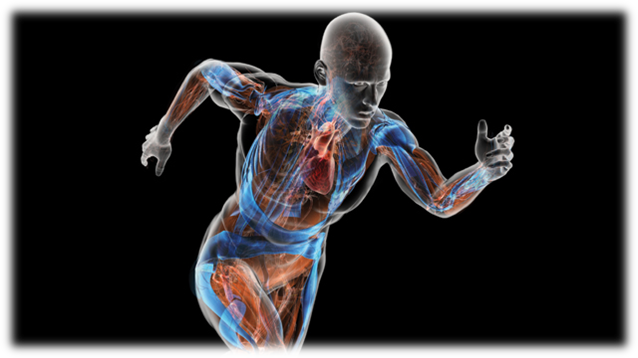 A physical therapist can identify muscle imbalances and improper joint alignments. The physical therapist will conduct a detailed evaluation, which includes an analysis of gait, foot alignment, upper body strength, hip alignment and spine alignment.
A physical therapist can identify muscle imbalances and improper joint alignments. The physical therapist will conduct a detailed evaluation, which includes an analysis of gait, foot alignment, upper body strength, hip alignment and spine alignment.